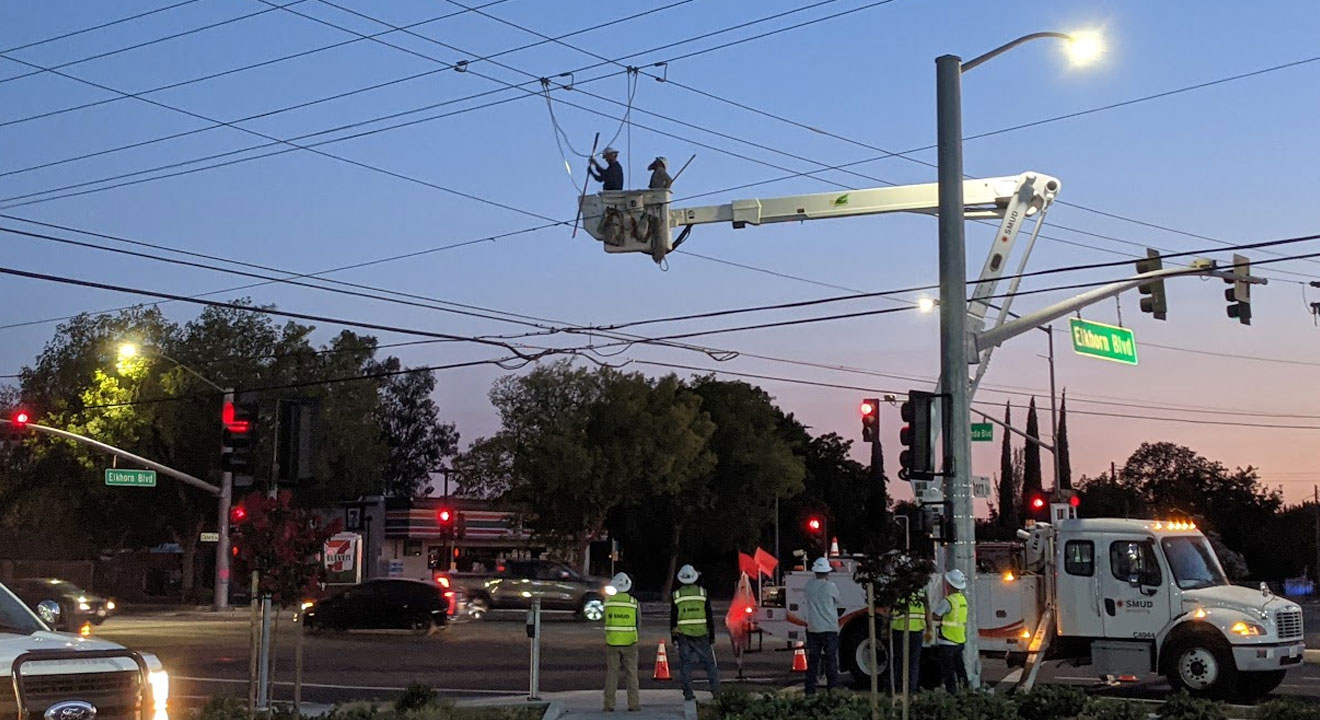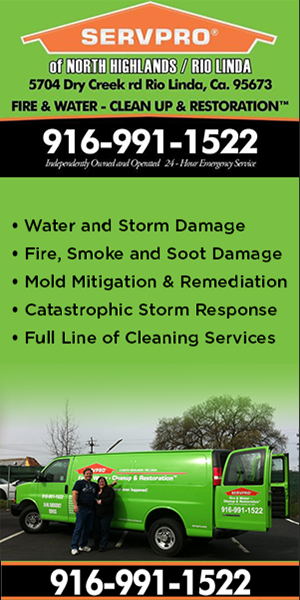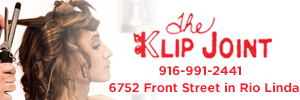Today, Governor Gavin Newsom has issued a statewide face mask mandate, requiring Californians to wear them in line or inside indoor public spaces, While receiving services from healthcare, Waiting for or while riding transportation, At the workplace, and when Interacting with public.
Because of our collective actions, California has limited the spread of COVID-19 and associated hospitalizations and deaths in our state. Still, the risk for COVID-19 remains and the increasing number of Californians who are leaving their homes for work and other needs, increases the risk for COVID-19 exposure and infection.
Over the last four months, we have learned a lot about COVID-19 transmission, most notably that people who are infected but are asymptomatic or presymptomatic play an important part in community spread. The use of face coverings by everyone can limit the release of infected droplets when talking, coughing, and/or sneezing, as well as reinforce physical distancing.
People in California must wear face coverings when they are in the high-risk situations listed below:
Inside of, or in line to enter, any indoor public space;
• Obtaining services from the healthcare sector in settings including, but not limited to, a hospital, pharmacy, medical clinic, laboratory, physician or dental office, veterinary clinic, or blood bank.
• Waiting for or riding on public transportation or paratransit or while in a taxi, private car service, or ride-sharing vehicle;
• Engaged in work, whether at the workplace or performing work off-site, when:
• Interacting in-person with any member of the public;
• Working in any space visited by members of the public, regardless of whether anyone from the public is present at the time;
• Working in any space where food is prepared or packaged for sale or distribution to others;
• Working in or walking through common areas, such as hallways, stairways, elevators, and parking facilities;
• In any room or enclosed area where other people (except for members of the person’s own household or residence) are present
when unable to physically distance.
• Driving or operating any public transportation or paratransit vehicle, taxi, or private car service or ride-sharing vehicle when passengers are present. When no passengers are present, face coverings are strongly recommended.
• While outdoors in public spaces when maintaining a physical distance of 6 feet from persons who are not members of the same household or residence is not feasible.
The following individuals are exempt from wearing a face covering:
• Persons age two years or under. These very young children must not wear a face covering because of the risk of suffocation.
• Persons with a medical condition, mental health condition, or disability that prevents wearing a face covering. This includes persons with a medical condition for whom wearing a face covering could obstruct breathing or who are unconscious, incapacitated, or otherwise unable to remove a face covering without assistance.
• Persons who are hearing impaired, or communicating with a person who is hearing impaired, where the ability to see the mouth is essential for communication.
• Persons for whom wearing a face covering would create a risk to the person related to their work, as determined by local, state, or federal regulators or workplace safety guidelines.
• Persons who are obtaining a service involving the nose or face for which temporary removal of the face covering is necessary to perform the service.
• Persons who are seated at a restaurant or other establishment that offers food or beverage service, while they are eating or drinking, provided that they are able to maintain a distance of at least six feet away from persons who are not members of the same household or residence.
• Persons who are engaged in outdoor work or recreation such as swimming, walking, hiking, bicycling, or running, when alone or with
household members, and when they are able to maintain a distance of at least six feet from others.
• Persons who are incarcerated. Prisons and jails, as part of their mitigation plans, will have specific guidance on the wearing of face coverings or masks for both inmates and staff.
Note: Persons exempted from wearing a face covering due to a medical condition who are employed in a job involving regular contact with others should wear a non-restrictive alternative, such as a face shield with a drape on the bottom edge, as long as their condition permits it.
As of Tuesday, state officials reported that more than 157,000 Californians have tested positive for the coronavirus and more than 5,200 have died.
For more information, visit https://covid19.ca.gov/















